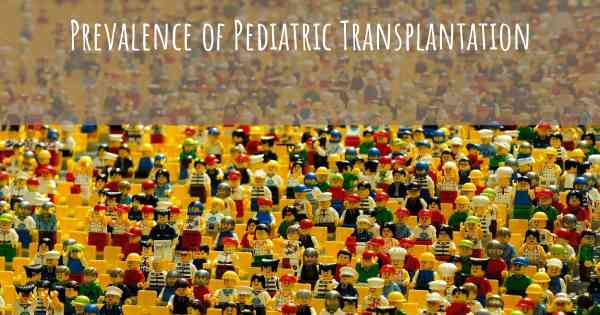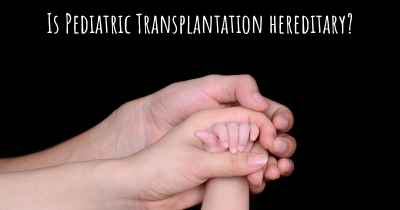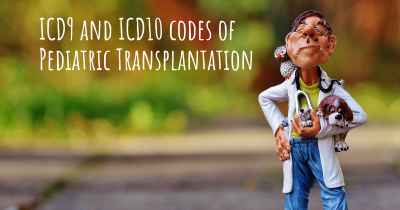What is the prevalence of Pediatric Transplantation?
How many people does Pediatric Transplantation affect? Does it have the same prevalence in men and women? And in the different countries?

The prevalence of Pediatric Transplantation refers to the frequency or occurrence of organ or tissue transplantation in children. It is a crucial medical procedure that saves the lives of many young patients with organ failure or certain diseases. The prevalence of Pediatric Transplantation varies depending on factors such as geographical location, availability of donor organs, and advancements in medical technology. While specific prevalence rates may vary, Pediatric Transplantation plays a vital role in improving the quality of life and survival rates for children in need of organ or tissue replacement.
The prevalence of Pediatric Transplantation refers to the frequency or occurrence of organ transplants in children. Pediatric transplantation is a critical medical procedure that involves replacing a diseased or damaged organ in a child with a healthy organ from a donor. It is a complex and specialized field of medicine that requires a multidisciplinary approach.
While the prevalence of pediatric transplantation varies across different countries and regions, it is estimated that thousands of children worldwide undergo organ transplants each year. The most common types of pediatric transplants include kidney, liver, heart, lung, and bone marrow transplants.
Organ availability is a significant factor influencing the prevalence of pediatric transplantation. Due to the limited number of suitable organ donors, the demand for pediatric organs often exceeds the supply. This scarcity underscores the importance of organ donation and transplantation awareness.
Advancements in medical technology, surgical techniques, and immunosuppressive medications have significantly improved the success rates of pediatric transplantation. However, the procedure still carries risks and requires lifelong medical management.
Collaboration between healthcare professionals, researchers, and organizations is crucial to further enhance the prevalence of pediatric transplantation. Continued research, education, and advocacy efforts are essential to improve outcomes and provide better quality of life for children in need of organ transplants.








